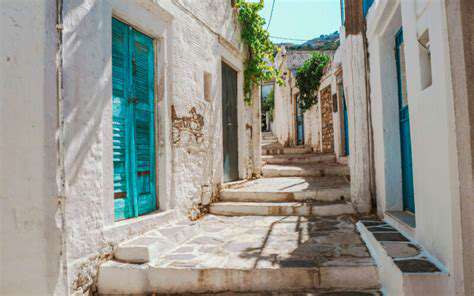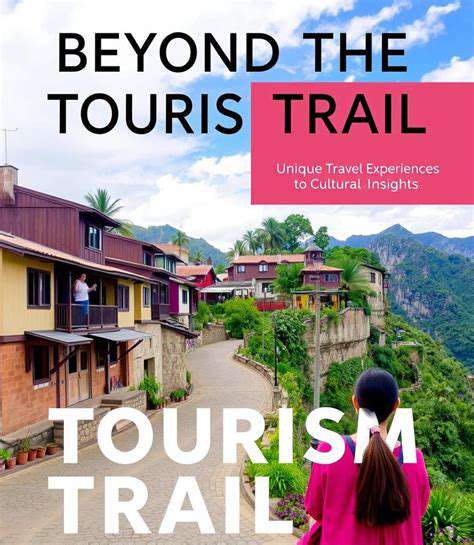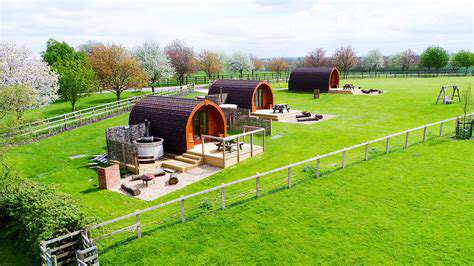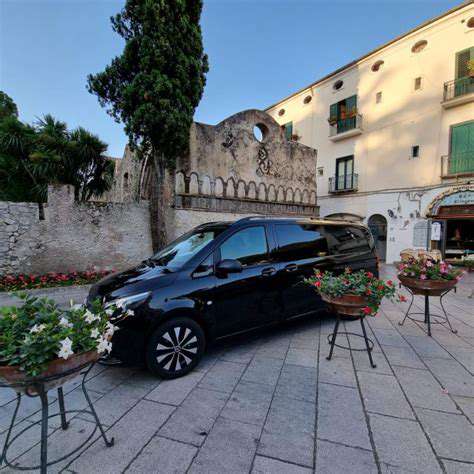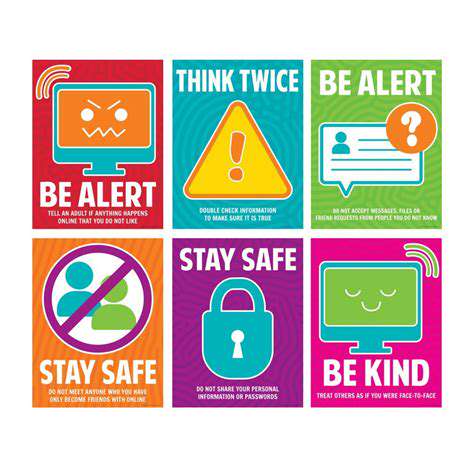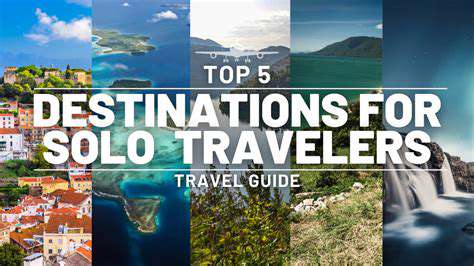Your Guide to Exploring the Temples of Angkor Wat
Choosing Your Accommodation
Finding the perfect place to stay can make or break your Angkor experience. Luxury hotels dazzle with their amenities and views, while guesthouses offer affordability with a local flavor. If you're craving authenticity, homestays let you dive deep into Cambodian culture, complete with home-cooked meals and firsthand insights into daily life. Location matters too—being close to temples, markets, and restaurants saves precious time.
Pro tip: Always check recent reviews before booking. A well-reviewed spot with reliable AC and strong Wi-Fi can be a game-changer in Siem Reap's heat.
Crafting Your Itinerary
Temple fatigue is real. Instead of trying to see everything, focus on a mix of iconic sites and hidden gems. Angkor Wat at sunrise? Worth it. But don't miss lesser-known temples like Banteay Srei with its intricate carvings. Build in buffer time—those temple complexes are bigger than they look on maps, and midday heat can be brutal.
Consider hiring a tuk-tuk driver for the day. Many speak decent English and know all the best photo spots and quiet corners most tourists miss.
Understanding the Angkor Temples
These aren't just pretty ruins—they're chapters in Cambodia's epic history. The Bayon's 216 smiling faces tell stories of a powerful empire, while Ta Prohm's tree-engulfed corridors showcase nature's relentless reclaiming power. The more you understand about Khmer history, the more these stones come alive.
Fun fact: Angkor Wat's layout mirrors the Hindu cosmos, with the central towers representing Mount Meru, home of the gods.
Essential Tips for Your Trip
Pack like you're preparing for a jungle expedition: light, breathable clothes, serious sunscreen, and a refillable water bottle (many hotels offer free filtered water). Learn three Khmer phrases—hello (sous-dey), thank you (aw-koon), and how much? (tlai pon-man)—they'll open doors and smiles.
At markets, start negotiations at 30% of the asking price. And try the fried spiders if you're feeling brave—they're crunchier than you'd expect!
Transportation and Logistics
Tuk-tuks are the way to go—cheap, breezy, and part of the experience. For the adventurous, bicycles let you explore at your own pace (just avoid midday rides). Pro move: Book your 3-day temple pass online to skip the ticket line. And don't forget—Cambodia uses USD widely, but small riel notes are handy for tiny purchases.
Navigating the Temples: Essential Tips for First-Timers
Understanding the Significance
These temples were the beating heart of an empire that once ruled most of Southeast Asia. Like Machu Picchu, they're not just ruins but sacred spaces. Many locals still come to pray at Angkor Wat's active Buddhist shrines.
Dress Code and Etiquette
Shoulders and knees covered is the golden rule. Light scarves are lifesavers—they dress you up and cool you down. Watch where you step—monks consider the head sacred and feet unclean, so never point your soles at people or Buddha images.
Navigating the Grounds
Early birds win at Angkor—not just for sunrise photos, but to explore in relative cool and quiet. The temple layouts follow sacred geometry—moving from the worldly outer gates toward the spiritual center mimics the journey to enlightenment.
Respecting Religious Practices
If you see locals praying, give them space. Some shrines are off-limits to non-worshippers—look for rope barriers or signs. Never touch or climb on Buddha statues, no matter how perfect the Instagram angle seems.
Photography and Recording
Flattering morning light lasts until about 9:30 AM. The best carvings are often in shaded corners—bring a small flashlight to highlight details. Drones are strictly prohibited without special permits.
Practical Considerations
Temple passes require photo ID—your passport works, but a driver's license photo on your phone can suffice if you don't want to carry it. Many temples have steep, uneven steps—good grip shoes are safer than flip-flops.
Staying Connected and Informed
Download the Angkor Guide app—it works offline and provides GPS-triggered audio explanations as you explore. Local guides hanging around temples often share fascinating stories not in guidebooks (negotiate rates beforehand).
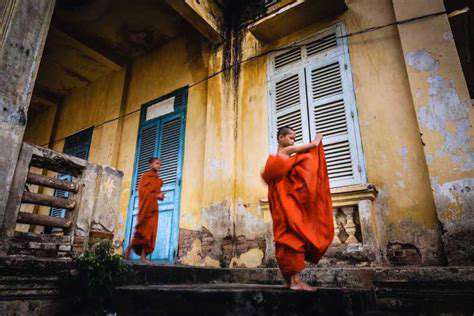



![Planning a Family Camping Trip [Beginner's Guide]](/static/images/27/2025-04/MakingtheMostofYourCampingExperience.jpg)
